
Kate is a journalist, digital content editor, and SEO specialist, with 20+ years of experience in print and digital communications. In leading the online publishing and marketing efforts of Science Connected, Kate is spreading science literacy, social good, and environmental sustainability while debunking pseudoscience through science journalism.
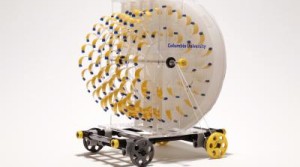
Can We Turn Evaporation into Cheap Electricity?
The power of water has long been harnessed by humanity, but another part of the water cycle is being used to turn evaporation into electricity. By Kate Stone Many scientists are experimenting with improved solar cells and biofuels, but Columbia University scientists have a new, noteworthy idea. They have announced the development of a novel ...
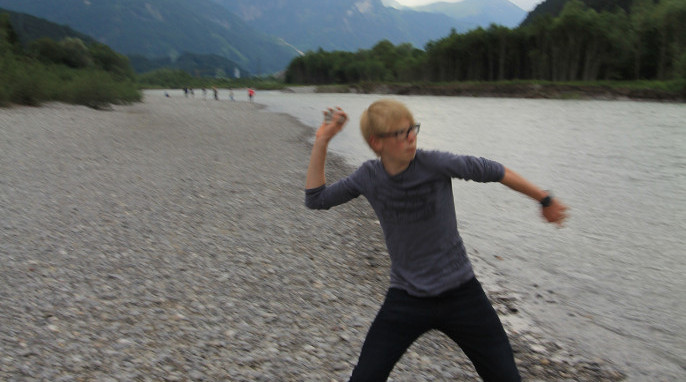
Biologist Explains How We Learn to Catch
Would you like to know how our brains process the information we need to catch or throw? A scientist explains how we learn to catch. By Kate Stone If you’ve ever played baseball or football and fumbled a catch, then wondered why, you are in the right place. A biologist has come up with a ...
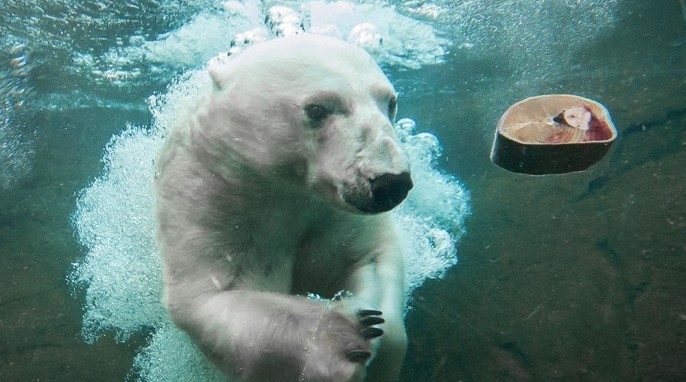
Polar Bears Are Struggling to Find Food
Something is happening to the polar bears. As the arctic ice melts, these bears must look for food on land, and there isn't enough to go around. By Kate Stone The polar bear is a fearsome hunter and, when it's time to eat, there's nothing it finds more satisfying than a hearty meal of ringed ...
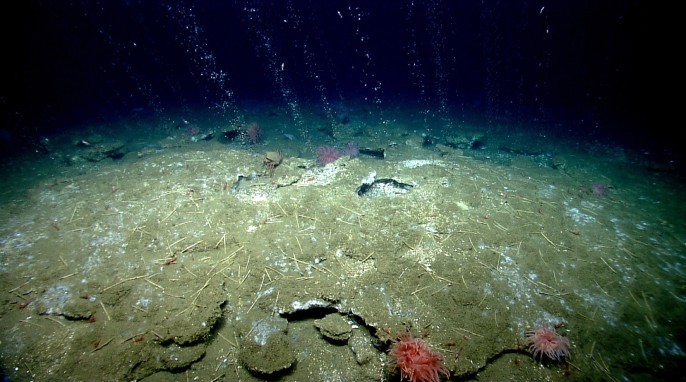
Methane-Munching Microbes Limit Global Warming
Holes in the sea floor release methane gas. Microorganisms that live near the holes protect our air by eating 75 percent of the methane. By Kate Stone Methane, one of the most potent greenhouse gases, is constantly leaking out of holes on the ocean floor. Now, an international team of scientists have found that these ...

Science of Sloshing: Why Foam is Important
Have you noticed that adding foam to the top of a coffee makes walking with it easier? Foam reduces sloshing in drinks and other liquids. By Kate Stone Most of us know that carrying a full cup of hot coffee can be precarious and just one wrong move could send a wave of java sloshing ...

Nature’s Medicine Cabinet for Sick Bees
By Kate Stone Around the world, honey bees are in decline and under constant threat from parasites. This ongoing problem threatens fruits, vegetables and other crops that make up much of the food supply for people. However, naturally occurring chemicals found in flowers of certain plants could be just the right prescription for sick bees, ...
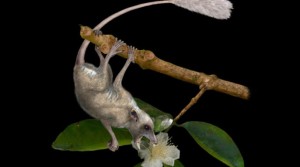
Oldest Primates Lived in Trees
By Kate Stone A new study from the University of Florida suggests that humans’ earliest primate ancestor was a tree-dwelling creature. Named Purgatorius, scientists believe it looked like a cross between a squirrel and tree shrew, and weighed less than a deck of playing cards. The tiny ankle bones of Purgatorius, an ancient primate that ...
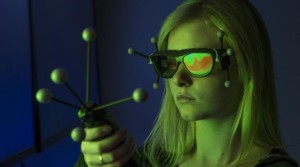
VuePod: Powerful New Virtual Reality System
By Kate Stone Since Facebook paid $2 billion to acquire the virtual reality gaming device, Oculus Rift, the 3D industry seems to be booming. Now, Brigham Young University (BYU) has added its own invention to the mix. Principally made for use in engineering, yet powerful enough for gaming, the VuePod is especially exciting because it’s ...
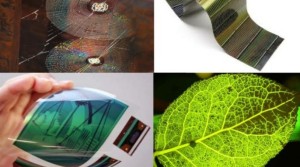
Electronics Inspired by Spider Webs and Leaves
By Kate Stone Have you ever wished your smartphone was shatter-proof, bendable, or even stretchy? If so, you might not have to wait too long for the phone of your dreams because two physicists at Boston College are working on building the next generation of flexible, durable electronics. They have modeled the next generation of ...
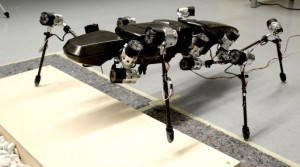
World’s First Walking Robot Stick Insect
By Kate Stone A research team at Bielefeld University in Germany has taught the only robot of its kind in the world how to walk. Designed to be stick insect-like, the walking robot is called Hector has elastic joints and an ultralight exoskeleton. Hector is the result of an interdisciplinary project at the Center of ...
